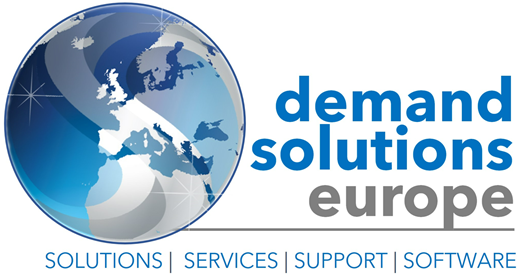
The Benefits of Accurate Digitised Supply Planning (I)
What Is The Theory Of Constraints And How Can It Make Manufacturers Money?
Identifying potential bottlenecks in your supply chain, in-house manufacturing processes or route to market is nothing new for a growing production business. But taking this basic common-sense approach to running a tight ship and evolving it into a set of processes carefully designed to eradicate constraints to success at a highly strategic level can make your manufacturing facility more profitable. And the good news? Most of the hard work has already been done for you.
The ‘Theory of Constraints’ was first introduced by Dr Eliyahu Goldratt in his bestselling 1984 novel ‘The Goal’. The concept was introduced to a wide audience, across many disciplines and sectors, but for lean manufacturing the Theory of Constraints has continued to evolve and now forms an integral and much favoured part of management best practice.
How Do We Define The Theory Of Constraints?
Thanks to this evolutionary process being developed further by some of the manufacturing industry’s leading thinkers, the Theory of Constraints now includes a range of tools and processes which can support you in applying this idea to your initial master production schedule. Before we look at those though, let’s be clear on how Dr Goldratt defined his Theory of Constraints.
He describes the Theory of Constraints as a methodology for identifying the most important limiting factor (or constraint) that stands in the way of achieving a goal, and then systematically improving that constraint until it is no longer the limiting factor.
Dr Goldratt says manufacturing is, like many complex systems, a string of multiple linked activities; one of which acts as a constraint upon the entire system. The Theory of Constraints takes a scientific approach to improvement, always working towards the ultimate goal, which in most cases is profit.
In other words, the core concept here is that every process has a single constraint and that total process throughput can only be improved or optimised when the constraint is removed.
Crucially, the Theory of Constraints also cites that spending time and resources optimising non-constraints will not provide significant benefits to a business. Only improvements to the constraint will move your organisation towards the goal of achieving more profit.
What Are The Key Benefits?
There are many benefits to adopting this concept at a strategic level, but the core outcomes can be summarised as:
- A rapid and measurable improvement because all attention is focused on the key constraint
- Reduced lead times thanks to a smoother and faster product flow
- Improved capacity, with the constraint optimised, production increases
- Reduced inventory and less work in progress thanks to the removal of the bottleneck
- Increased profit – the primary goal for most companies, especially manufacturers
The Five Focusing Steps
What makes the Theory of Constraints tangible for modern lean manufacturing businesses is the straight-forward, highly applicable steps – or more specifically, the five focusing steps.
They are:
- Identify the constraint
- Exploit the constraint
- Subordinate and synchronise to the constraint
- Elevate the performance of the constraint
- Repeat the process
Would you like to know more about these five focusing steps? We’ll be sharing a second blog next week detailing how to apply this process to your business. Can’t wait that long? Connect with our sales and marketing director, Alex Young on LinkedIn to discover everything you need to know, and how much of the process can be digitised for your convenience with a payback period as little as three months.



1 Comment
[…] our first Theory of Constraints blog, we examined the purpose of the theory, where it came from and the many benefits it has for lean […]
Comments are closed.